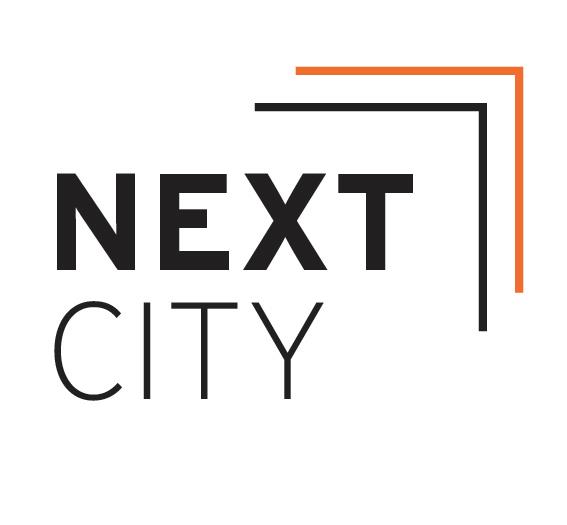Next City, September 16, 2015
If you only pay attention to mainstream media, you might recall advocates for small business sounding like a broken record, constantly repeating the refrain of reducing regulatory burdens. But when New York City’s Small Business First initiative sought public comments last year from small businesses and the public on small business needs and priorities, only 17 percent pointed to reducing regulations.
The rest pointed to more clarity, more support services, and more equity with regard to who can most easily access those support services to navigate the city’s 6,000-plus rules and regulations, and 250ish business-related licenses.
“That’s what we hear from the independent businesses that we work with,” says Stacy Mitchell, co-director of the Institute for Local Self-Reliance, based in Minneapolis, Minnesota. “Many small businesses believe that having a well-run city that looks after the well-being of communities is part of creating an environment where they can be successful. They very much believe in the purposes of rules and regulations, it’s just that they’re often implemented in ways that are overly complex or not well-attuned to the needs and challenges of small business owners.”
So it makes sense that the Small Business First initiative is focusing this year on consolidating touch points and streamlining interactions between the city and its more than 200,000 small businesses. It’s the beginning of a $27 million investment by the city that will run through fiscal year 2019.
…snip….
It’s not immediately clear which website is best for any given small business, or how much overlap there is between these existing websites. Even with all of these, if a small business owner is looking to conduct all of his city government business online, there are potentially even more online portals to go through for things like paying taxes or reporting issues with sidewalks, streetlights or other infrastructure.
Since releasing the study in February, there hasn’t been much news from the de Blasio administration about Small Business First. In May, Small Business Services announced a partnership with the Mayor’s Office of Data Analytics (MODA), to send trained client managers to neighborhoods across the five boroughs to provide businesses owners with targeted education based on data showing the specific business needs in a given neighborhood — including top violations, areas of non-compliance, new business growth data, 311 complaints and more. They started with 100 targeted businesses in a high-violation area in the Bronx.
In addition, the de Blasio administration has reduced fines assessed to small businesses by half over the past year, while also cutting violations issued by a third. Maybe it was the summer malaise, maybe it was the Mayor’s much publicized fight with Uber, but there wasn’t much of a fuss raised over that seemingly important bit of progress.
“On the one hand it certainly seems that Mayor de Blasio views small business as part of a progressive economic agenda,” Mitchell says, citing procurement reforms directing more city contracting go to local small businesses as well as minority- and women-owned businesses. “On the other hand, when you look at what’s happening with rising commercial rent and some of the other challenges facing small businesses in New York City, it’s going to take a much more aggressive approach than we’ve seen so far.”





